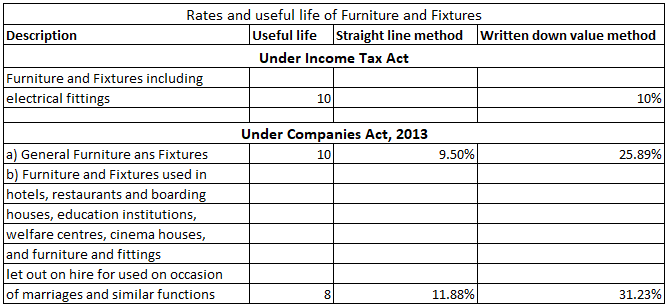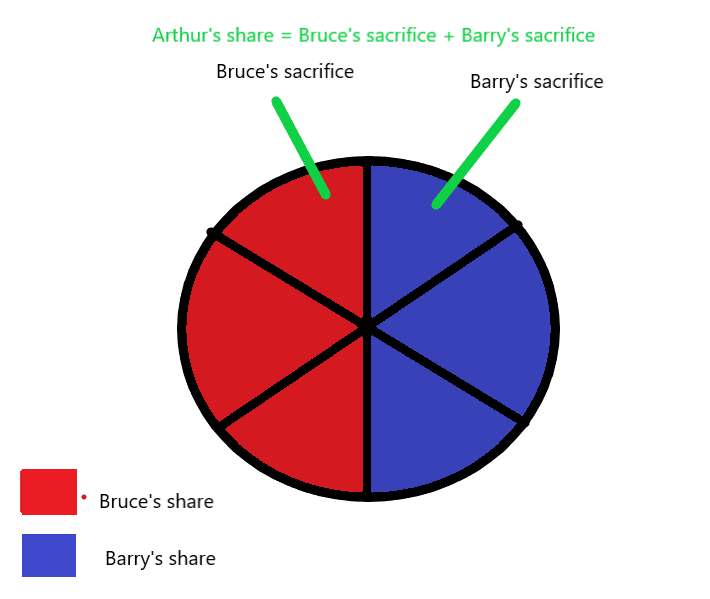Discount received is the reduction in the price of the goods and services which is received by the buyer from the seller. It is an income for the buyer and is credited to the discount received account and credited to the seller/supplier’s account. Journal entry for discount received as per modern ruRead more
Discount received is the reduction in the price of the goods and services which is received by the buyer from the seller. It is an income for the buyer and is credited to the discount received account and credited to the seller/supplier’s account.
Journal entry for discount received as per modern rules:
| Creditor’s A/c | Debit | Decrease in liability |
| To Cash A/c | Credit | Decrease in asset |
| To Discount Received A/c | Credit | Increase in income |
| (Being goods purchased and discount received) |
Discount allowed is the reduction in the price of the goods which is granted by the seller to the buyer on prompt payment of their account. It is an expense for the seller and is debited to the discount allowed account and credited to the buyer’s account.
Journal entry for discount allowed as per modern rules:
| Cash A/c | Debit | Increase in asset |
| Discount Allowed A/c | Debit | Increase in expense |
| To Debtor’s A/c | Credit | Decrease in asset |
| (Being goods sold and discount allowed) |
For example, A Ltd. offers a 10% discount to the customers who settle their debts within two weeks. Mr.B a customer purchased goods worth Rs.20,000.
According to modern rules, A Ltd will record this sale as:
| Particulars | Amt | Amt |
| Cash A/c Dr. | 8,000 | |
| Discount Allowed A/c Dr. | 2,000 | |
| To Mr.B’s A/c | 10,000 |
Mr.B will record this purchase as:
| Particulars | Amt | Amt |
| A Ltd A/c Dr. | 10,000 | |
| To Cash A/c | 8,000 | |
| To Discount Received A/c | 2,000 |
For a business, the discount received is an income, and the discount allowed is an expense. In the above example, A Ltd has granted a discount and B is the receiver of the discount. Hence, for A Ltd discount allowed is an expense and for B discount received is an income.
See less


The sole proprietorship is a business that is unincorporated and owned by a single person. The owner of the business invests capital in the business in the form of cash, any asset or stock, or in any other form. In, sole proprietorship owner and business are inseparable. Interest on capital is the aRead more
The sole proprietorship is a business that is unincorporated and owned by a single person. The owner of the business invests capital in the business in the form of cash, any asset or stock, or in any other form. In, sole proprietorship owner and business are inseparable.
Interest on capital is the amount paid by the entity/business to the owners. It is an expense to the business and income for the proprietor, and interest is adjusted in the owner’s capital account. It is calculated on an agreed percentage and for a certain period. It is paid before calculating net profit.
If there is a loss, no interest will be paid on capital.
Journal Entry for Interest on Capital in Sole Proprietorship:
2. Closing interest on capital account
In sole proprietor’s Profit and Loss A/c interest will be recorded as an expense on the debit side and will be added to the owner’s capital in the Balance Sheet is considered as an adjustment to the capital account.
For example, A invested Rs 1,00,000 in a business. He wants to adjust 5% interest on his capital, then the entry will be:
2. Closing interest on capital account
In the case of a partnership, the treatment is the same as done in a sole proprietorship. The interest rate is agreed upon by the partners and is mentioned in the partnership deed. No interest is provided on the capitals of the partners if not mentioned in the deed.
If in a particular period, the partnership firm incurs a loss, then no interest will be provided to the partners.
See less